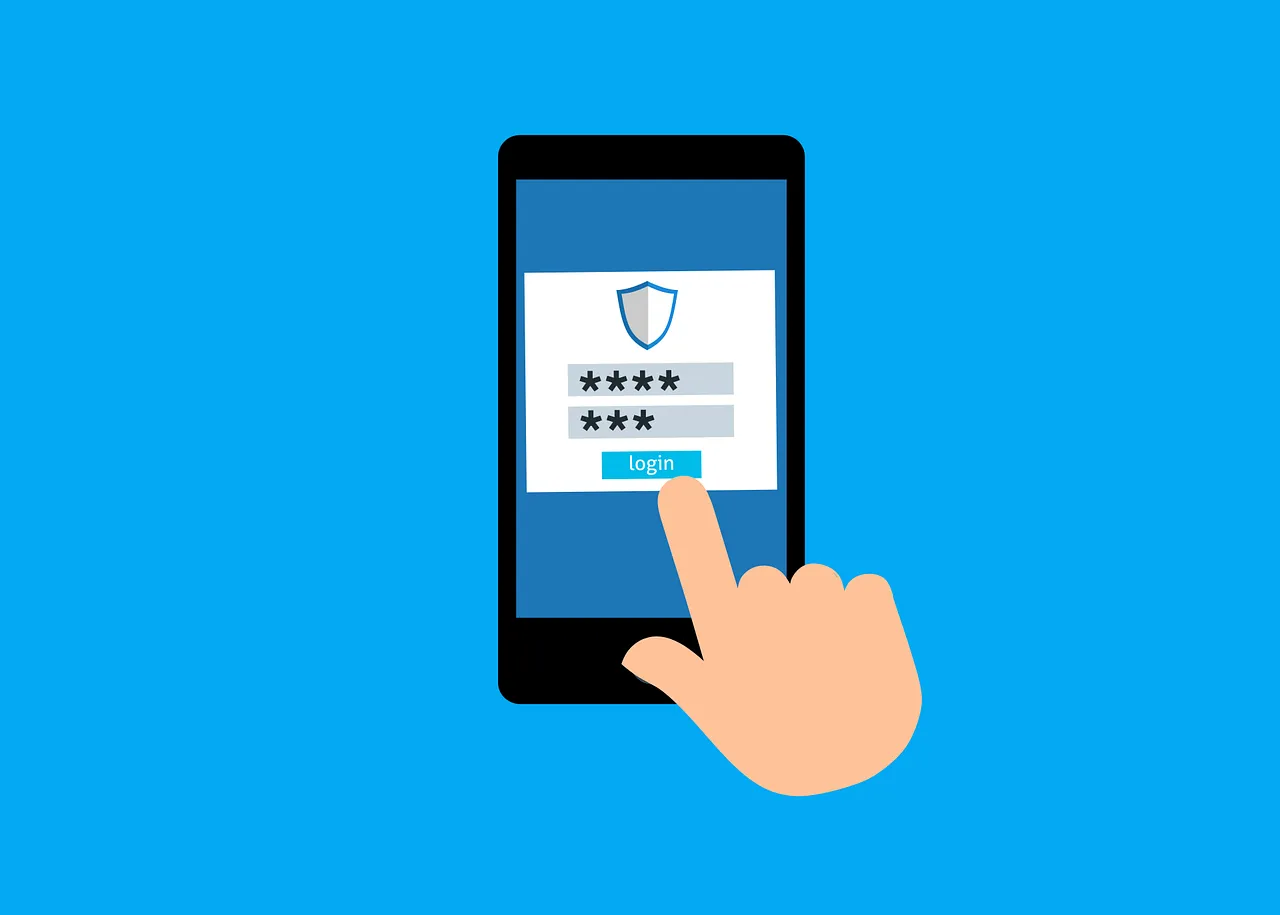Strengthening Remote Work Security Without Slowing Communication

Security and speed often collide when teams go remote. One slows progress; the other protects it. The smartest companies refuse to choose between them. They build systems that defend every connection without choking communication. A secure network is useless if it drags collaboration down. Real innovation happens when technology shields information and accelerates exchange at the same time. That’s where real productivity begins.
The Hidden Cost of Poor Security in Remote Environments
Security is the backbone of remote work. Without it, every message, meeting, and shared file becomes a gamble. Breaches rarely start with chaos—they start quietly, through weak passwords, unsecured networks, or a single careless click. What follows isn’t just financial loss but disruption. Projects stall, trust erodes, and energy shifts from progress to panic. When remote teams lose control of security, they lose their rhythm.
Home routers, public Wi-Fi, and personal devices turn into open doors. Each one adds risk and delay. The small things—connection drops, login failures, blocked access—slow teams down before anyone realizes what’s happening. Productivity drains silently. By the time leaders respond, the damage has already spread.
Practical Fixes That Restore Control
Security doesn’t need to be complicated. The goal is protection that moves as fast as your team does. A few disciplined steps keep remote operations smooth and safe without adding extra weight.
Here’s what you can do to protect your team without sacrificing speed:
- Limit access points. Give permissions only to what’s necessary and remove what’s not used.
- Secure every device. Company laptop or personal tablet—every connection must follow the same standard.
- Adopt zero-trust principles. Verify every action and connection before granting access.
- Track activity in real time. Constant monitoring spots threats before they affect collaboration.
- Train awareness. A team that recognizes danger early prevents most incidents before they start.
Monitoring Systems That Protect and Accelerate Communication
Every remote team relies on invisible infrastructure—servers, networks, and applications moving data around the world. Monitoring systems keep that movement under control. They track performance, detect irregularities, and make sure communication tools stay reliable. The smartest systems go beyond protection. They learn from traffic patterns, predict failures, and fine-tune performance before users even notice a slowdown. This is how remote collaboration stays effortless instead of fragile.
Why Monitoring Systems Matter
Speed defines modern teamwork. A two-second delay during a video call or a glitch in file transfer breaks focus and wastes time. Monitoring systems prevent these micro-disruptions. They analyze every transaction in real time and alert teams the moment something feels off. When performance drops, they trace the source instantly—whether it’s a local device, a cloud server, or the network itself.
Security fits into this same logic. Each remote login, shared link, or cloud upload can be exploited if it’s not observed. Monitoring platforms like Aseva help businesses detect abnormal activity early, strengthening defenses without slowing connection speed. The system distinguishes harmless fluctuations from genuine threats, cutting response time and keeping teams working without interruption.
Building Intelligent and Secure Performance
Here’s how effective monitoring turns remote operations into a controlled environment:
- Detect early. Identify congestion, latency, or unauthorized access instantly.
- Analyze patterns. Understand traffic behavior and adjust dynamically.
- Prevent downtime. Anticipate system strain and reroute communication paths.
- Secure continuously. Watch every packet of data and block suspicious movement.
- Keep momentum steady. Optimize load distribution so collaboration stays fluid.
Empowering Teams Through Secure Communication Practices
Technology can only do so much. Real protection starts with people. Every employee becomes a part of the defense line when communication tools are used the right way. Secure communication practices aren’t a list of rules—they’re habits that keep collaboration fast and trusted. When teams understand how data moves, how credentials work, and how threats appear, security stops feeling like a barrier. It becomes part of the workflow.
Why Secure Practices Matter
Remote work breaks the old idea of one secure office network. Now, every home, café, and shared workspace is an entry point. Without clear communication habits, even the best technology fails. A single careless message, weak password, or open link can expose sensitive data. Strong security practices give teams confidence. They know how to handle files, verify users, and protect information without slowing down their daily rhythm.
Empowered teams don’t wait for IT to fix everything. They spot warning signs and act fast. They understand that encryption, verification, and controlled access aren’t technical details—they’re what keeps business moving safely.
How to Build a Security-Driven Team Culture
Here’s how to turn secure communication into second nature:
- Use verified channels. Keep all internal conversations on approved platforms.
- Apply multi-factor authentication. Protect accounts even when passwords leak.
- Set clear rules. Define how files are shared, labeled, and stored.
- Run short training sessions. Teach teams what phishing looks like and how to react.
- Encourage responsibility. Reward caution and awareness, not just output.

Integrating Security into Collaboration Platforms
Modern teams don’t have time to juggle separate tools for safety and communication. Security must live inside the same platforms people already use. The strongest collaboration tools protect conversations, files, and workflows while staying invisible to the user. Encryption, access control, and identity verification work in the background, creating an environment where teams move fast without worrying about what’s exposed.
When protection operates within the system, friction disappears. People stop treating security as an extra step. They share data, join meetings, and exchange files with confidence that every layer—chat, video, or cloud storage—is already guarded. It’s the kind of simplicity that drives adoption and keeps organizations aligned.
How to Build Security into Everyday Collaboration
Here’s how you can make protection part of your communication flow:
- Start with encrypted platforms. Choose tools that automatically encrypt calls, messages, and files.
- Use single sign-on systems. Let employees access multiple tools through one secure identity.
- Control permissions centrally. Manage user access from one dashboard to prevent leaks.
- Set automated updates. Keep platforms patched against the newest threats.
- Track data flow. Use built-in analytics to see where files move and who accesses them.
- Audit regularly. Review settings and logs to confirm compliance and close weak points.
Conclusion
Remote work succeeds when safety and speed work as one. Teams don’t have to sacrifice pace for protection. What they need is structure, awareness, and systems that defend quietly in the background. Real security blends into routine. It shields every message, file, and meeting without slowing the rhythm of work. The companies that achieve this balance operate with freedom: every connection safe, every moment productive.
